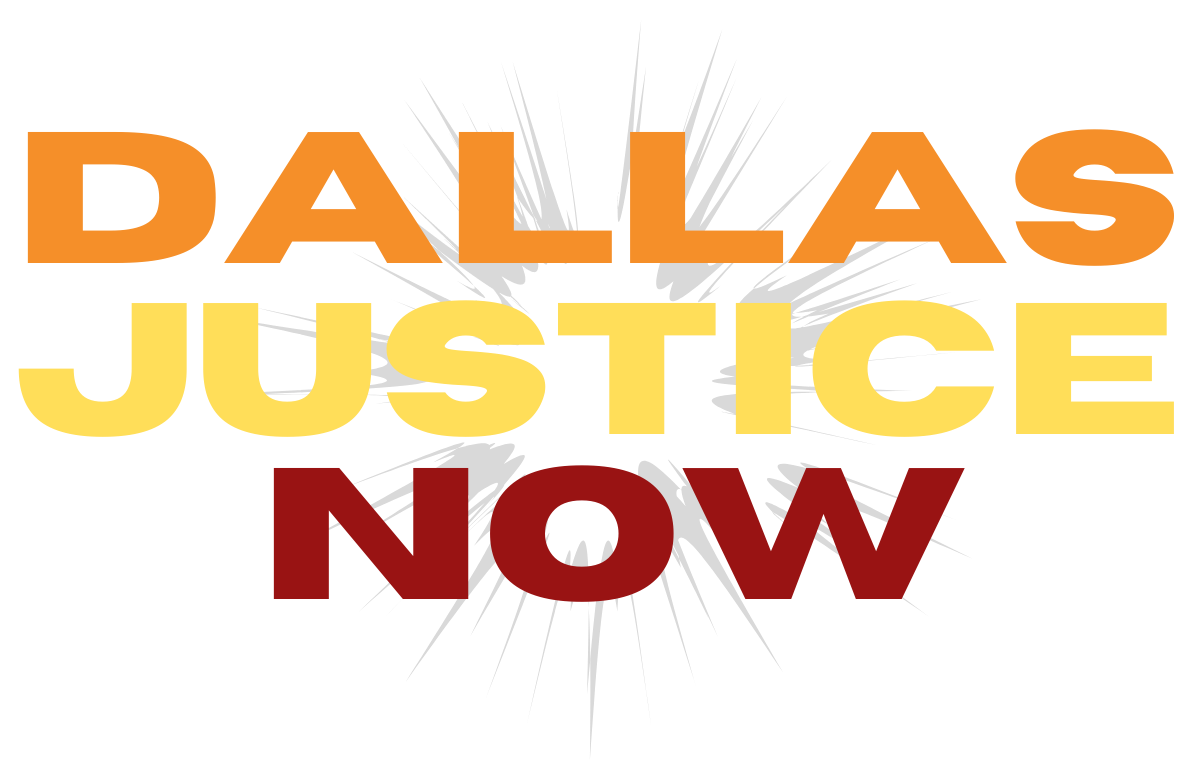Institutional Racism & Police Brutality
Just as tragic as biological disease, is the illness that is racism in the police and systems that are supposed to serve and protect. This is one of our most important topics:
“Police brutality against people of color is a spectacular form of the racial violence that our nation’s criminal-justice system inflicts every day. If we back up, we will see that the police encounter that led to Floyd’s death takes place within a larger context of mass incarceration. Presently, there are 2.3 million people housed in the country’s prisons, jails and other criminal-justice facilities. By most measures, this number is remarkable. It means that the U.S. has the largest prison population in the world. China comes in second, imprisoning 1.7 million people–over half a million fewer people than the U.S., in a country of 1.4 billion. The U.S. number translates to the imprisonment of 698 people for every 100,000. This rate dwarfs the incarceration rates of the countries that the U.S. usually thinks of as its peers. Indeed, the rate at which the U.S. incarcerates its population is roughly six times the highest rate of incarceration among Western European nations.
While these numbers, in and of themselves, might be disconcerting, they become even more disturbing when we consider the racial geography of the U.S.’s prison population: people of color, particularly black people, are disproportionately represented among those who are incarcerated. While black people constitute 12% of the U.S. population, they constitute 33% of the prison population. Thus, black people are dramatically overrepresented in the country’s prisons and jails. Meanwhile, white people make up 64% of the U.S. population, but they make up just 30% of the prison population.
The extremely high rates of black incarceration mean that, in many communities, it is not unreasonable for black people–particularly black men–to expect to go to jail at some point in their lives. Legal scholar Michelle Alexander observes in The New Jim Crow: Mass Incarceration in the Age of Colorblindness that in Washington, D.C., “it is estimated that 3 out of 4 young black men (and nearly all those in the poorest neighborhoods) can expect to serve time in prison.” On a national scale, 1 out of 3 black men should expect to be incarcerated during their lifetimes.
Even if the large number of black people presently imprisoned simply reflected the extremely debatable fact that a large number of black people commit crime, we should have a problem with mass incarceration. As legal scholar Paul Butler writes in Let’s Get Free: A Hip-Hop Theory of Justice, “Imagine a country that has statistics like D.C.’s in which more than one-third of the young male citizens are under the supervision of the criminal justice system: they either are in prison, on probation or parole, or have a trial coming up. Imagine a country in which two-thirds of the young men can anticipate being arrested before they reach age 30. Imagine a country in which there are more young men in prison than in college … Such a country sounds like a police state. When we criticize those kinds of regimes, we think that the problem lies not with the citizens of the state, but rather with the government or law.” Butler suggests that mass incarceration says less about the problematic values held by those who would break the law and more about the problematic commitments of the nation that would incarcerate these lawbreakers with such impunity.
Mass incarceration means that this country approaches its problems through the criminal-justice system. When faced with a social ill, our nation responds by building more prisons and jails. Because incarceration is the tool that we use to address societal problems, we have erected few limitations on the police’s ability to keep the social order. Police can stop whomever they want to stop whenever they want to stop them. They can investigate things that have no relation to the reason for the stop. They can use force. They can kill.
Like COVID-19, the criminal-justice system evidences the way a society that should care for and protect its people instead leaves black people susceptible to harm and with little control over their well-being. It does so through the tragically high numbers of black people who are in prisons and jails, in the disproportionate rates of incarceration of black people, in the violence of the tactics that governments have used to police communities of color, in the frequency with which black people’s encounters with the police end in death and in the infrequency with which police officers are indicted and convicted for killing black people.
Proof of this country’s racial hierarchy is everywhere. May we dismantle it in all its cruel, life-ending forms.”
(Thank you https://time.com/5851864/institutional-racism-america/)
